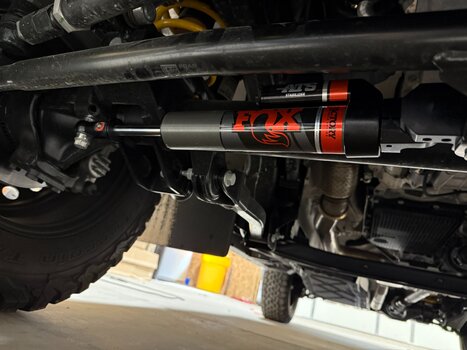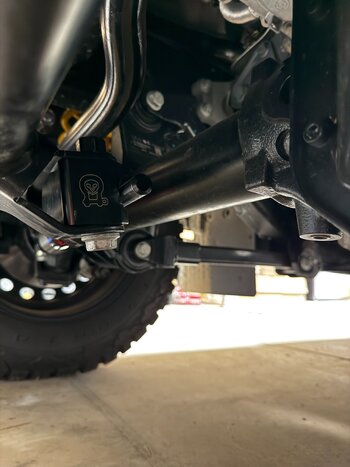- Local time
- 12:39 AM
- Joined
- Jun 1, 2023
- Messages
- 373
Nothing is different steering setup wise between US & UK markets (besides the obvious LH/RH) that I’m aware of. And I don’t think US owners are auditioning to be in the next Hitchcock type film featuring a rear projection scene while driving a fake car.
This is more of a road condition issue coupled with a very stiff or high rate steering stabilizer, and typical for the design, central dead spot in the steering box. High stiction in the system means you have to turn the wheel through or past the dead spot to have any meaningful change of direction. Countries with more curved road systems where you are typically moving back and forth through the dead spot and against the stiction as you drive along so any waywardness would be less noticeable I would think.
It’s not uncommon in the US to encounter asphalt, concrete, course road grade, high cambered, crumbling and rutted road surfaces over the course of a short distance on a single highway system (Yeah, our road infrastructure sucks as well especially in the permanently under construction Mountain West). Also, it’s not uncommon in the West to travel 25 to 50 miles at a time on basically an arrow straight road with no curves and poor surfaces. So a slow steering ratio coupled with a rather stiff stabilizer often means the steering responds to an imperfection on the road and takes a set and without a correction you can easily start to move out of your lane especially above 60 MPH.
I own plenty of old Land Rovers with the common Adwest steering box design (which basically perfected the notion of vague steering feel) and the Grenadier’s is very similar in feel overall but I’d go as far to say even my restored Range Rover Classic is a bit less fiddly on the highway requiring much fewer corrections at the wheel. Then gain, the weight of the components and geometry is obviously different between the vehicles.
I’m not complaining about the steering in the Grenadier per-se, as for the most part it works for what the vehicle was designed for but I’ll take a small improvement if a legitimate one exists especially since switching out the stabilizer takes only a few minutes. I will freely admit the steering has improved slightly as things continue to break-in and become a bit smoother. I’m not looking to change the entire character of the steering system and actually prefer the overall heft but a bit less steering correction would be most welcome on longer drives.
I just threw on the GrenX Bilstein steering stabiliser. Easy lazy 10 mins. No adjust. Works great straight out of the box. Better straight line tracking now on highway drives, and also now mostly self centres too which is nice around town.





